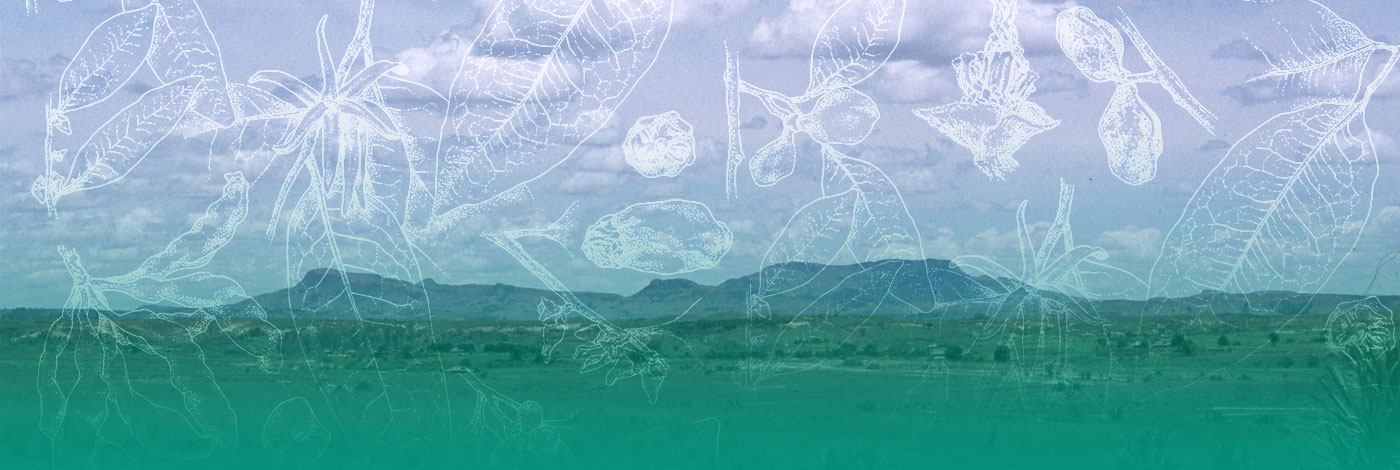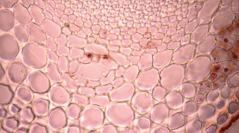

 Adansonia
46 (8) - Pages 65-77
Adansonia
46 (8) - Pages 65-77Conyza bonariensis (L.) Cronquist and Solidago chilensis Meyen (Asteraceae, Astereae) are mainly known as weeds. The aim of this investigation was to characterise their internal secretory structures, establish the main substances accumulated in them, and saponins in the leaves. Plants were collected in Berisso, Gonnet and La Plata, Argentina. Vouchers were deposited in LPAG herbarium. Leaves were conserved in alcohol 70º. Leaves cross sections were obtained, others were made diaphanous, and all were stained with dyes and reagents. Histochemical and phytochemical colorimetric reactions were performed. Cavities in the major veins (1st to 3rd orders) are on phloem side. Above and/or below vascular bundles occur in the minor veins (4th to 6th orders) and mesophyll in S. chilensis, but cavities are not in veinlets (5th and 6th orders), nor in mesophyll in C. bonariensis. Cavities are surrounded by 1-3 layers of attached parenchyma. In paradermal view, on the major veins the file of cavities is enclosed in a false duct formed by the attached parenchyma cells looking as a true duct. On the minor veins and mesophyll, isolated or small groups of cavities were found. In the spaces of cavities resins, phenolic and lipophilic compounds were identified. Saponins in leaves have been found in both species. The cavities are the internal secretory structures in Conyza bonariensis and Solidago chilensis. They accumulate substances of diverse chemical nature, which would be useful as a resource for medicine and for the biocontrol of pathogens to improve sustainable agricultural systems.
Asteraceae, cavities, chemical substances, false ducts, reservoirs